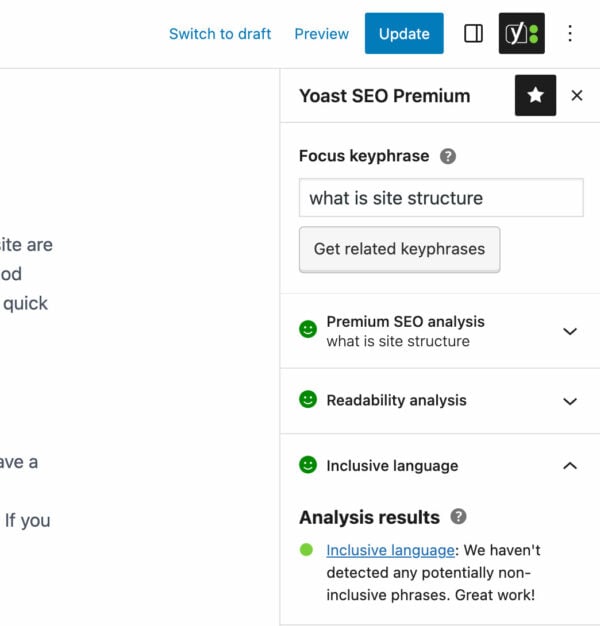See our Kajabi review: Kajabi: Features, Pricing, Alternatives
In today’s digital landscape, choosing the right platform for building and managing your online presence is crucial for success. Two popular options that often come up in discussions are Kajabi and WordPress.
|
Featured Partner on Kajabi’s website
|
While both platforms offer a range of features and tools to help you create and maintain your website, it’s important to understand their differences and capabilities to determine which one best suits your needs. In this article, we will delve deep into the Kajabi versus WordPress debate, comparing their features, pricing, ease of use, and more, ultimately guiding you in making an informed decision for your online endeavors.
So, whether you’re an entrepreneur, blogger, or business owner, join us as we explore the ins and outs of these two powerful and versatile platforms.
What is Kajabi
Kajabi is an all-in-one online platform that allows entrepreneurs and businesses to create, market, and sell courses, digital products, and memberships.
By providing various tools for website building, marketing automation, and analytics, Kajabi streamlines the process of building and maintaining an online business. Users can easily customize the platform to suit their individual needs without any coding experience.
What is WordPress
WordPress is an open-source content management system (CMS) used for creating websites and blogs. It is known for its user-friendly interface, allowing even non-technical individuals to build and manage their websites.

With numerous themes and plugins available, WordPress enables customization and added functionality to fit various needs.
Why Use?
Kajabi and WordPress are both popular platforms with various use-cases, catering to the needs of businesses and individuals alike.
Here are some example use-cases for both platforms:
Kajabi Use-Cases:
1. Online Course Creation: Kajabi is an all-in-one platform for creating, marketing, and selling online courses. It offers tools for course creators to design and structure their content, create quizzes, and offer certifications. Instructors can use Kajabi to sell individual courses or bundle them together for a comprehensive learning experience.

2. Membership Sites: Kajabi allows users to create membership sites, allowing them to offer exclusive content and resources to their subscribers. This helps in building a community of loyal followers and generating recurring revenue.
3. Digital Products: Kajabi is suitable for entrepreneurs looking to sell digital products like e-books, webinars, or templates. The platform provides an integrated shopping cart and payment processing system, making it easy to handle transactions and deliver the digital products to customers.
4. Coaching and Consulting: Professionals like life coaches, business consultants, and fitness trainers can leverage Kajabi to host live events, workshops, and group coaching sessions, all while keeping track of attendees and interactions.
5. Email Marketing: Kajabi comes with built-in email marketing tools, enabling users to launch campaigns, create email sequences, segment their audience, and track email performance.
WordPress Use-Cases:
1. Blogging: WordPress initially started as a blogging platform and remains a popular choice for setting up personal and professional blogs. It offers an extensive range of themes, plugins, and customization options to create unique and engaging content.
2. Corporate Websites: WordPress is widely used by small to large enterprises to create their official websites, showcasing their products, services, and company information. The platform provides a library of themes and plugins that cater to various industries and niches.
3. Online Stores: With the help of plugins like WooCommerce, WordPress can be transformed into a fully functional e-commerce platform. Users can create product catalogs, manage inventory, handle payments, and process shipments.
4. Portfolio Websites: Freelancers, artists, and creative professionals can use WordPress to create beautiful portfolio websites to showcase their work and attract new clients or customers.
5. Forums and Community Websites: WordPress allows users to create forums, Q&A sites, and online communities with the help of plugins like bbPress and BuddyPress. These platforms can help in knowledge-sharing and fostering a strong sense of community among the users.
6. Event Management: By leveraging event management plugins, WordPress can be used to create, promote, and manage events. Users can sell event tickets, create event calendars, and set up registration forms.
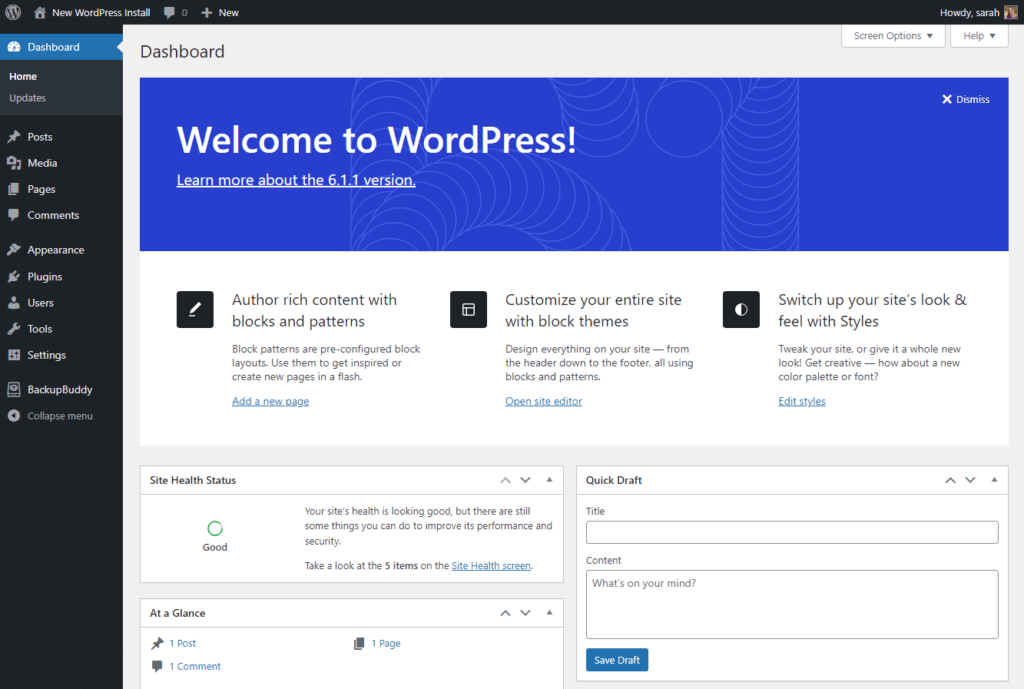
In summary, while Kajabi is focused primarily on online courses and membership sites, WordPress is a versatile platform that can cater to a broad range of website needs, from personal blogs to corporate sites and e-commerce stores.
|
Featured Partner on Kajabi’s website
|
Features
Kajabi is an all-in-one platform designed to assist businesses, marketers, course creators, and influencers in streamlining their online presence through creating and selling online courses, coaching programs, and digital products. Kajabi’s integrative system offers a wide range of features that make it easy for users to build their websites, create marketing campaigns, and sell content to target audiences.
The main features of Kajabi include:
1. Website Builder: Kajabi provides a customizable and easy-to-use website builder, allowing users to create a professional-looking and responsive website with no coding knowledge required. This includes pre-built themes, templates, and drag-and-drop functionality to design pages that match the specific brand style.
2. Course Creation: Kajabi offers extensive tools and resources to create, manage, and sell online courses. Users can create comprehensive and engaging courses with options for various content formats, including video, text, images, quizzes, and downloadable resources. The platform makes it simple for creators to upload and organize their course content through a centralized dashboard while providing a seamless experience for learners.
3. Marketing and Sales: Kajabi offers a wide range of marketing features to promote digital products and boost sales. This includes built-in email marketing tools, effective landing pages, and sales funnels to generate leads. Additionally, the platform integrates with popular marketing services, such as Google Analytics and Facebook Pixels, to analyze performance and optimize campaigns.
4. E-commerce: Kajabi’s e-commerce capabilities enable creators to sell their digital products with ease. Users can set custom pricing, create different product packages, and integrate with payment processing services (Stripe and PayPal). The platform also offers features for creating upsells, downsells, and one-time offers to maximize revenue.
5. Membership Management: With Kajabi, users can create and manage membership sites for exclusive content access. This includes options for different membership levels, subscription plans, and access to specific courses, allowing creators to build a recurring revenue stream and nurture their community.
WordPress, on the other hand, is an open-source content management system (CMS) widely used to create websites, blogs, and digital applications. It offers flexibility, extended functionality, and a massive library of themes and plugins, making it one of the most popular and versatile platforms for website creation.
The main features of WordPress include:
1. Customizable Themes: WordPress offers a vast array of themes, both free and premium, that cater to various website styles and genres. These themes come with customizable layouts, color schemes, and typography, allowing users to create a visually appealing website that aligns with their brand identity.
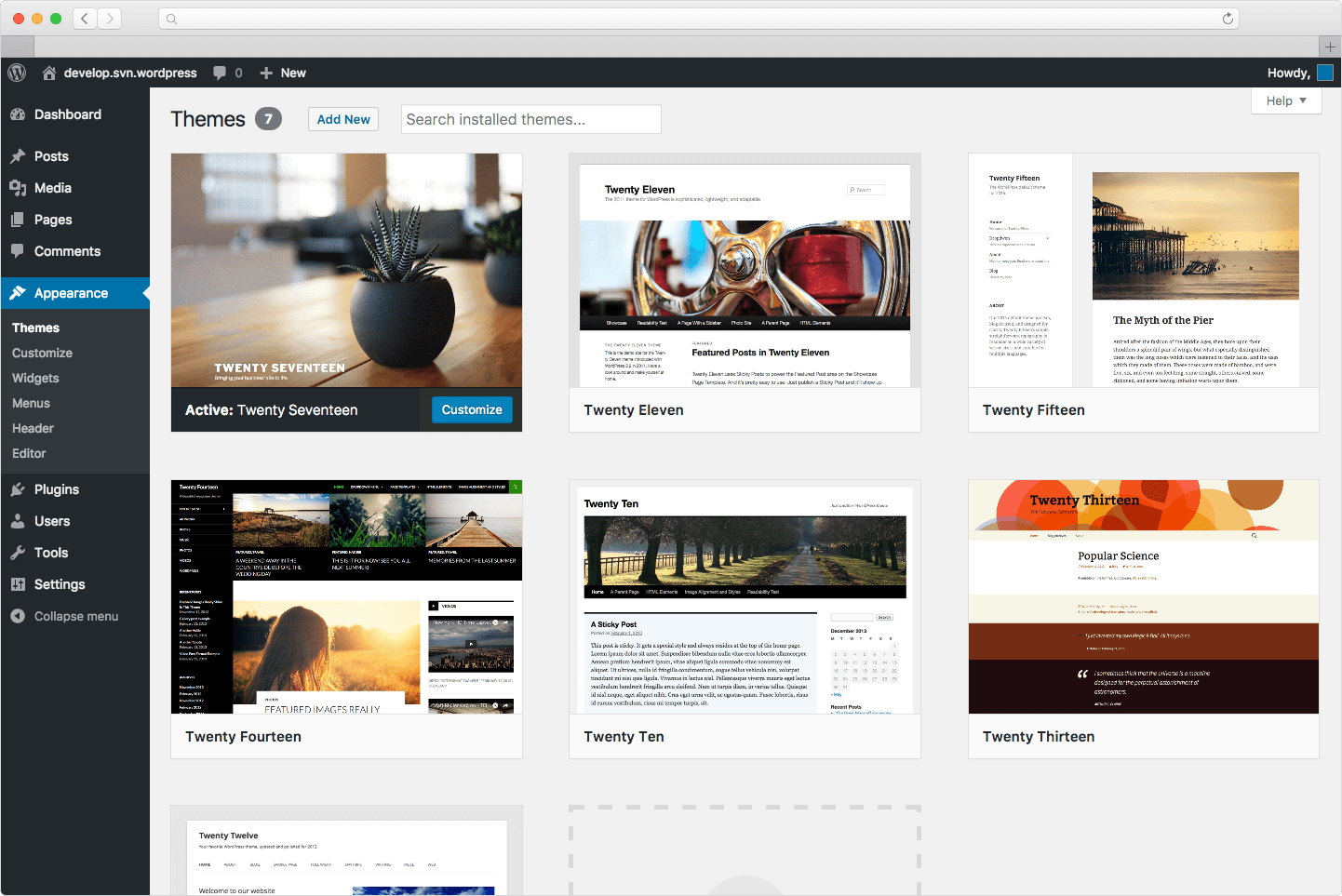
2. Plugins: WordPress features a large library of plugins designed to extend the core functionalities of the platform. These plugins facilitate additional features such as e-commerce tools, SEO optimization, social media integration, and more. This helps users to create a tailored website with added functionality, without the need for coding expertise.
3. Wide-ranging Compatibility: WordPress is compatible with various hosting providers, which allows website owners to choose a hosting service that meets their requirements and budget. WordPress also supports integrations with numerous services and tools such as MailChimp, Google Analytics, and Yoast SEO, enhancing the functionality of WordPress-based websites.
4. User Management and Multi-user Access: WordPress allows for multiple user roles and permissions, which makes it easy to manage and organize a team’s access to the website’s backend. Users can be assigned different roles such as administrator, editor, author, and contributor, ensuring streamlined workflow and content management.
5. SEO-friendly: WordPress is renowned for its SEO-friendly features that enable website creators to optimize their content for search engines. This includes features like creating clean permalinks, modifying meta titles and descriptions, optimizing images, and integrating with advanced SEO plugins, which significantly enhance a website’s chances of ranking higher in search engine results.
By understanding the key features of both Kajabi and WordPress, users can determine which platform best suits their specific needs and objectives in terms of creating, managing, and promoting their online presence.
|
Featured Partner on Kajabi’s website
|
Pros n Cons
Kajabi Pros:
1. All-in-one platform:
- Kajabi offers a complete package of tools to build, market, and sell online courses and memberships, saving you from using different platforms.
2. User-friendly:
- It has a drag-and-drop editor for site design and course creation, requiring little technical knowledge.
3. Marketing tools:
- It includes built-in email marketing and automation, landing pages, and sales funnels for efficient promotion and lead generation.

4. Integration:
- Kajabi supports third-party integrations like Zapier, ClickFunnels, and MailChimp, as well as offering its own native integrations such as Kajabi Email and Kajabi Analytics.
5. Customer support:
- The platform provides 24/7 customer support and a rich library of resources, tutorials, and webinars to help users.
Kajabi Cons:
1. Pricing:
- Kajabi’s pricing plans are relatively high compared to competitors, making it less suitable for small businesses or individuals on a tight budget.
2. Limited free trial:
- Its 14-day trial period is shorter than that of many competitors.
3. Content management:
- While its content management system (CMS) is easy to use, it may be limiting for those requiring advanced customization.
4. Lack of third-party plugins:
- Kajabi offers in-built functionalities, but there are fewer third-party plugins, potentially limiting specific requirements.
WordPress Pros:
1. Open-source and flexible:
- WordPress provides users with access to its source code, making it highly customizable and adaptable to various needs.
2. Extensive library of themes & plugins:
- The platform offers a vast range of themes and plugins, both free and paid, allowing users to tailor their websites.
3. Large community:
- WordPress has a considerable user community which contributes to its growth, development, and extensive knowledge base.
4. SEO-friendly:
- Its built-in features and SEO plugins, such as Yoast SEO, make search engine optimization easier.
5. Affordability:
- WordPress itself is free, but users pay for domains, hosting, and premium themes/plugins – still offering scalability for different budgets.
WordPress Cons:
1. Requires technical knowledge:
- WordPress setup and customization can be challenging for those with limited coding expertise or technical knowledge.
2. Security vulnerabilities:
- Being open-source, it can be susceptible to hacking attacks. Regular updates and security plugins are needed to maintain safety.
3. Time-consuming and complex:
- Compared to all-in-one platforms, you have to manage multiple aspects, such as hosting, themes, plugins, and updates.
4. Limited support:
- Although there is community support, official support options may be limited or only available through third-party hosting providers and paid plugins/themes.
5. Need for regular updates:
- Manual updates are often required for themes, plugins, and even the core platform, which can be time-consuming and risk breaking the site if not done correctly.
|
Featured Partner on Kajabi’s website
|
How to setup Kajabi
Step 1: Sign up for a Kajabi account
- Visit Kajab’s website at https://www.kajabi.com/.
- Click on the “Get Started” or “Start Free Trial” button.
- Fill out the required information, including your name, email address, and password.
- Click “Create your Kajabi account” to complete the registration process.
Step 2: Choose a plan
- Review Kajabi’s pricing options to determine which plan best suits your needs.
- Select a plan, which can be changed at any time, by clicking on the “Choose Plan” button below your preferred option.
- Fill out your payment details to activate the plan.
Step 3: Customize your site
- Log in to your Kajabi dashboard.
- Click “Website” in the left-hand menu and then “Design Your Site.”
- Choose a theme for your site and adjust colors, fonts, and other visual elements to match your brand.
- Create and customize pages (such as Home, About, Contact, etc.) by clicking “Pages” in the left-hand menu, and then “Add New Page.”
Step 4: Create online courses or products
- Click “Products” in the left-hand menu of your dashboard.
- Click “Create a new product” and choose a product template (such as mini-course, online course, or community).
- Provide a name and description for your product and click on “Create a Product.”
- Customize your product’s content by adding sections, lectures, and other materials.
- Configure your product’s settings, including pricing, access rules, and integrations with other tools.
Step 5: Set up payment and marketing options
- Click “Settings” in the left-hand menu and then “Payments” to connect Kajabi to your preferred payment gateway (e.g., Stripe, PayPal).
- Customize your checkout settings, such as currency, taxes, and legal agreements.
- Set up email marketing, if desired, by clicking “Email” in the left-hand menu and connecting Kajabi to an email service provider such as Mailchimp or ActiveCampaign.
- Create and customize marketing funnels, also known as pipelines, to automate your sales process by clicking “Pipelines” in the left-hand menu and then “Create New Pipeline.”
After completing the steps above, your Kajabi site will be ready to launch. Share the link to your site with your audience, promote your courses, and watch your online business grow!
|
Featured Partner on Kajabi’s website
|
How to setup WordPress
Setting up WordPress involves a few steps, starting with purchasing a domain, obtaining web hosting, and then installing and configuring WordPress itself. The steps below will guide you through the process.
1. Purchase a Domain Name:
- First, choose a domain name for your website, which will be your website’s address (e.g. yourwebsite.com). You can purchase a domain from domain registrars like GoDaddy, Namecheap, or Google Domains.
- Once you’ve chosen a domain name and registered it, remember to renew it annually to maintain ownership.
2. Choose a Web Hosting Provider:
- WordPress requires a web hosting service to store your website files and make your site accessible online. Some popular web hosting providers are Bluehost, SiteGround, and HostGator. Choose a hosting plan that suits your needs and budget.
- Sign up with your chosen provider, and you’ll receive hosting account information and credentials.
3. Install WordPress:
- Many web hosting providers offer a one-click WordPress installation feature using Softaculous or a similar software. Log in to your web hosting dashboard using the provided credentials, and look for the option to install WordPress.
- Click ‘Install’ and enter the necessary information, such as the domain name, site name, and an admin account (username and password) for your WordPress site.
4. Configure WordPress:
- After installation, access your WordPress admin dashboard by visiting ‘yourwebsite.com/wp-admin’ and entering your admin account credentials.
- You’ll be greeted with the WordPress dashboard, where you can customize your site, create pages and blog posts, and manage other settings.
5. Choose a Theme:
- WordPress uses themes to determine the design and layout of your website. Go to ‘Appearance > Themes’ in the dashboard and click ‘Add New’ to browse the available themes.
- Choose a theme that suits your needs, and then click ‘Install’ and ‘Activate’. You can further customize the theme’s appearance and settings.
6. Install Plugins:
- Plugins extend the functionality of your website by adding features like social sharing buttons, contact forms, or an e-commerce store. Browse the WordPress Plugin Directory to find plugins that best suit your needs.
- To install a plugin, go to ‘Plugins > Add New’ in the dashboard, search for the desired plugin, and click ‘Install’ and ‘Activate’.
7. Create Pages and Posts:
- To add content to your site, create pages (such as Home, About or Contact) and blog posts.
- To create a new page, go to ‘Pages > Add New’ and enter the page title and content.
- To create a blog post, go to ‘Posts > Add New’. You can add text, images, and media to your pages and posts using the WordPress Gutenberg editor or your theme’s page builder (if available).
8. Set up a Menu and Widgets:
- To create a menu, go to ‘Appearance > Menus’ and click ‘Create a New Menu’.
- Add pages, links, or categories to your menu, and assign the menu to a location on your site (such as the header).
- Widgets are small content blocks that can be placed in various areas of your website, such as the sidebar or footer.
- Configure them under ‘Appearance > Widgets’.
9. Optimize for Search Engines:
- Install an SEO plugin, such as Yoast SEO, to help your website rank higher in search engine results. Follow the plugin’s recommendations to optimize your content, metadata, and permalinks.
After completing these steps, your WordPress website is ready to go. Explore the vast array of features and settings within WordPress to further tailor your site to your specific needs, preferences, and goals. Remember to regularly update your site and its plugins, and perform backups to ensure security and stability.
|
Featured Partner on Kajabi’s website
|
Main Differences
Kajabi and WordPress are both popular platforms for building and managing websites, but they cater to different needs and target audiences.
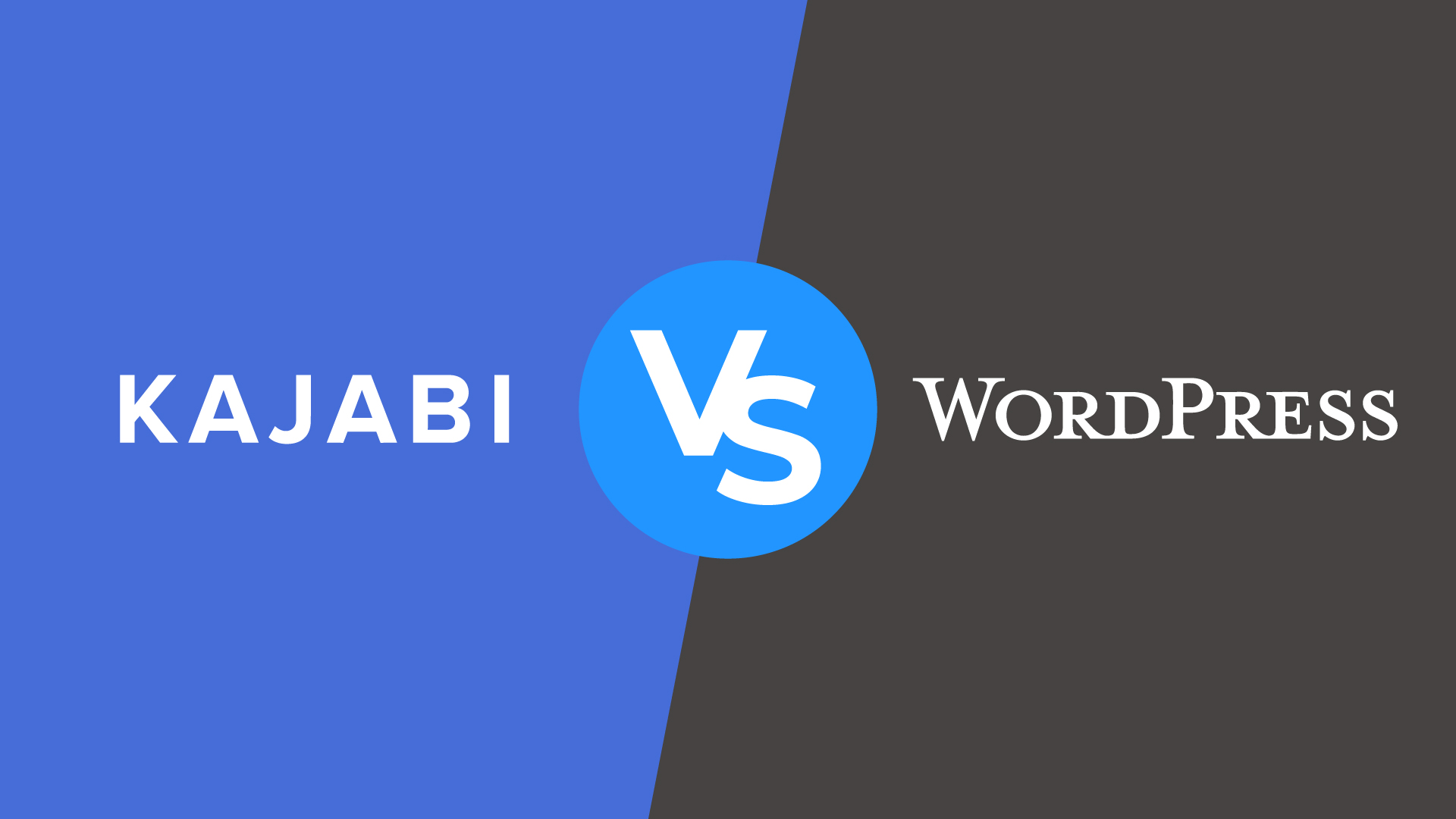
Kajabi is an all-in-one solution specifically designed for online courses, membership sites, and digital products creation. It offers a range of built-in features tailored to meet the needs of online entrepreneurs and content creators, including course creation tools, membership site management, inbuilt payment processing, and email marketing.
On the other hand, WordPress is a powerful content management system (CMS) that powers nearly one-third of all websites and offers unmatched flexibility and scalability. Suitable for any type of website, WordPress provides its users a plethora of plugins and themes to customize and extend their site’s functionality.
Kajabi simplifies the process of designing, hosting, and selling digital products with its user-friendly interface and integration of multiple functions under one roof. It excels in providing features for content hosting, marketing automations, pipelines, and landing page templates.
Furthermore, Kajabi possesses superior user-experience management tools, enabling creators to understand their audience and improve engagement and retention rates.
WordPress, however, relies on third-party plugins to incorporate e-commerce capabilities, learning management systems, and email marketing. While this offers greater customization options, it may require more maintenance and supervision, as the integration of various plugins might not be seamless and may necessitate technical know-how.
When it comes to pricing, Kajabi follows a monthly subscription model with three tiers offering varying levels of access to its features and functionalities. Although one might consider it relatively costly, the comprehensive solutions it provides may offset the price and prove cost-effective in the long run. WordPress, on the other hand, is an open source platform that is free to use for the basic CMS.
However, users need to pay for hosting, domain names, and possible premium plugins and themes to enhance their site’s functionality.
Ultimately, making a choice between Kajabi and WordPress largely depends on the individual’s requirements, technical expertise, and available resources.
|
Featured Partner on Kajabi’s website
|
Pricing Comparison
Kajabi and WordPress are two different platforms serving different purposes, so a direct comparison of pricing might not be accurate. However, I’ll provide a brief overview of the pricing for both platforms:
Kajabi’s Pricing Plans:
- Basic Plan:
- $149 per month (billed annually) or $199 per month (billed monthly)
- 3 products and 3 pipelines
- 1,000 active members
- 1 website and 1 admin user
- 0% transaction fees
- Unlimited landing pages and marketing emails
- Webinars and events, chat support, and more
- Growth Plan:
- $199 per month (billed annually) or $299 per month (billed monthly)
- 15 products and 15 pipelines
- 10,000 active members
- 1 website and up to 10 admin users
- 0% transaction fees
- Unlimited landing pages and marketing emails
- Advanced features like 24/7 chat support, automated webinars, and more
- Pro Plan
- $399 per month (billed annually) or $499 per month (billed monthly)
- 100 products and 100 pipelines
- 20,000 active members
- 1 website and up to 25 admin users
- 0% transaction fees
- Unlimited landing pages and marketing emails
- Premium features like 24/7 phone support, affiliate program, and more
WordPress Pricing Plans:
WordPress is a free, open-source content management system (CMS) used to create websites and blogs. However, the costs associated with WordPress come from the additional elements needed to create a functional website:
- Web hosting:
- Varies depending on the hosting provider, ranging from $3 to $30 per month for shared hosting and up to $300 per month for managed WordPress hosting.
- Domain name:
- Approximately $10-$15 per year.
- Themes:
- Free basic themes are available; premium themes can range from $30 to $100 for a one-time purchase.
- Plugins:
- Many free plugins are available, but premium plugins may cost anywhere from $20 to $200 per year, depending on the plugin. If you wish to create an online course or membership website with WordPress, you will likely need to invest in additional plugins or themes tailored for that purpose.
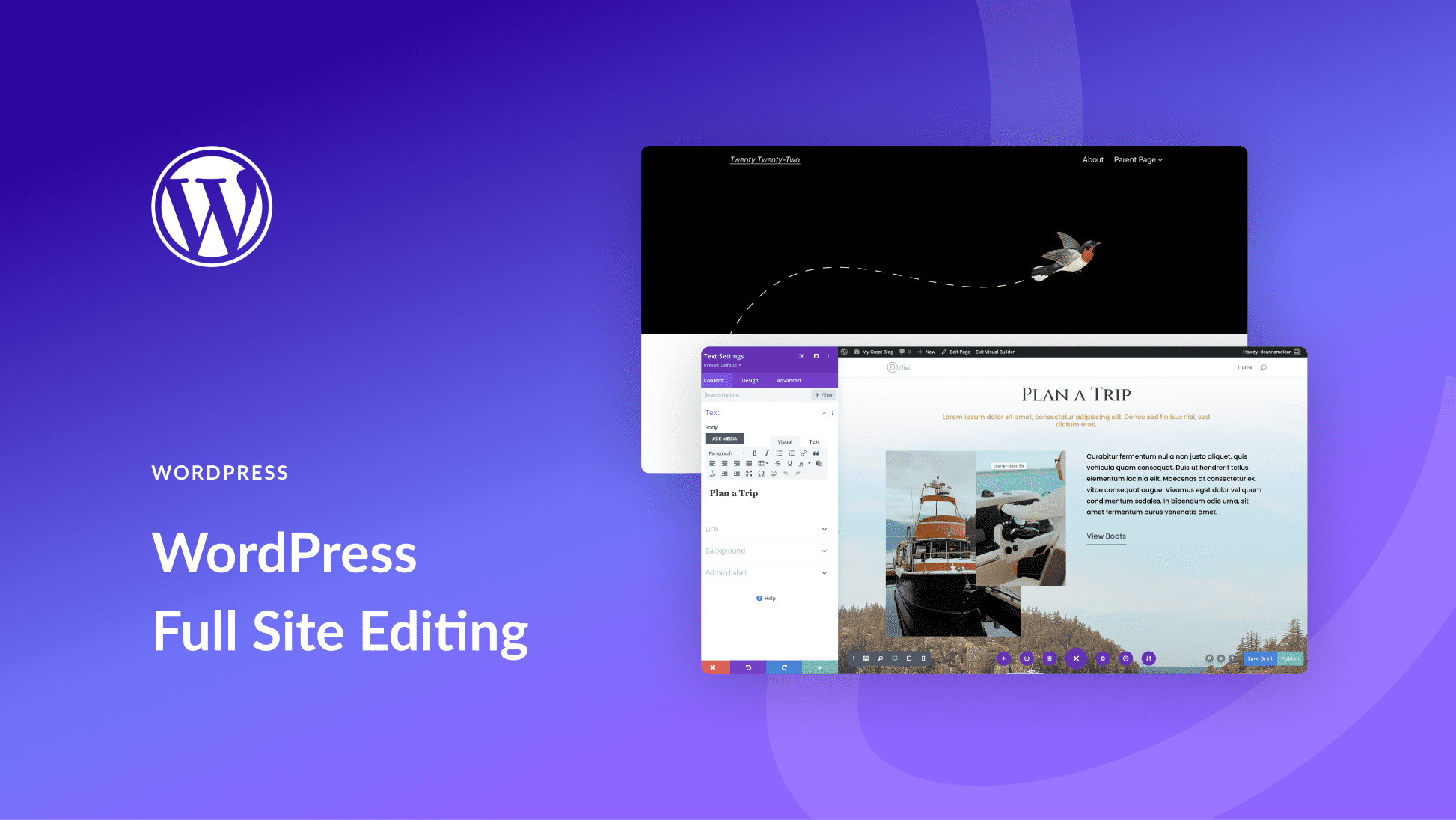
In summary, Kajabi offers an all-inclusive pricing structure with features specifically for online course and membership site creators, while WordPress is a highly customizable platform with varied costs based on the additional services and tools you integrate to achieve your goals.
|
Featured Partner on Kajabi’s website
|
Frequently Asked Questions
Q: What is the main difference between Kajabi and WordPress?
A: Kajabi is an all-in-one online platform designed specifically for selling and marketing digital products, online courses, and memberships. WordPress, on the other hand, is an open-source content management system that can be used for a wide range of website types, from blogs to e-commerce sites.
Q: Can I use both Kajabi and WordPress together?
A: Yes, it is possible to integrate Kajabi with your WordPress site through various plugins and tools. This combination allows you to leverage the best features of both platforms, such as Kajabi’s robust e-commerce and marketing tools with WordPress’s flexibility and vast plugin ecosystem.
Q: Is one platform easier to use than the other?
A: Kajabi is often considered more user-friendly because it involves a simple drag-and-drop interface with ready-to-use templates specifically designed for online course and product sales. WordPress can have a steeper learning curve, especially for users who are not familiar with web development or design.
Q: Which platform offers better customer support?
A: Kajabi provides dedicated customer support through email, live chat, and phone, as well as a comprehensive knowledge base. WordPress, being open-source, relies mostly on community support via forums, but premium support is available if you purchase themes or plugins from specific developers.
Q: What is the cost difference between Kajabi and WordPress?
A: Kajabi offers three pricing tiers, starting at $149/month, which includes most of the features needed for online sales and marketing. WordPress itself is free but requires additional costs for web hosting, domain, and premium themes or plugins. The cost of a WordPress site can vary greatly depending on your requirements and chosen add-ons.
Q: Which platform offers better customization options?
A: WordPress is known for its extensive customization options, thanks to countless themes and plugins available. Kajabi also offers customization, but its options are more limited compared to WordPress, focusing mainly on e-commerce and online course features.
Q: How secure are Kajabi and WordPress platforms?
A: Kajabi manages security on its platform and includes SSL certificates, secure hosting, and constant monitoring. For WordPress, security is the responsibility of the website owner. You need to ensure regular updates, use reputable plugins, and follow security best practices to keep your site secure.
Q: Which platform has better SEO capabilities?
A: WordPress is widely praised for its SEO capabilities, with numerous plugins available for optimization, like Yoast SEO. Kajabi also offers built-in SEO features, but its primary focus is online sales rather than content creation and optimization.
Q: Can I migrate my content between Kajabi and WordPress?
A: Migrating content between Kajabi and WordPress may require manual work or the use of paid plugins, as there is no official migration tool offered by either platform. You may also need to reformat your content to ensure it displays correctly on the new platform.
|
Featured Partner on Kajabi’s website
|
Conclusion
In conclusion, Kajabi and WordPress are two powerful platforms, each with their own unique sets of features and benefits for individuals and businesses seeking to establish a robust online presence. While Kajabi excels in its ability to deliver a seamless end-to-end experience for creating and managing online courses and memberships, WordPress offers unmatched flexibility and customization options for a wide variety of website types.
Ultimately, the choice between Kajabi and WordPress largely depends on your specific needs and goals. If your primary focus lies in creating and selling online courses or memberships with minimal hassle, Kajabi emerges as an excellent choice. However, if you prioritize flexibility, versatility, and long-term scalability for your website, WordPress is undoubtedly the more suitable option.
As you ponder the decision, it’s crucial to carefully consider your requirements, budget, and skillset to make an informed choice.
Taking the time to explore and understand both platforms’ distinct capabilities will enable you to harness their full potential and set the stage for your online success ─ be it in the realm of education or any other digital space.
Discover more Kajabi comparisons:
- Kajabi vs Learnworlds
- Kajabi vs Thinkific
- Kajabi vs Clickfunnels
- Kajabi vs Kartra
- Kajabi vs Podia
- Kajabi vs Passion.io
- Kajabi vs Teachable
- Kajabi vs Zapier
The post Kajabi Versus WordPress: Which is Better? appeared first on ReadWrite.




